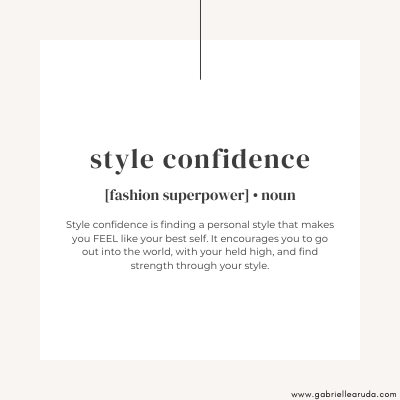You know, people throw around the term “good styles” like it’s some magic spell. For years, I just nodded along, but deep down, I often felt like I was just fumbling in the dark. Most projects I jumped into, especially older ones, were just a tangle of styling spaghetti. It was messy, really messy.

My Styling Nightmare
I remember this one particular gig, oh boy. We inherited this massive application. It felt like it had been built by a dozen different people who never once talked to each other. The styles? A complete free-for-all. You’d have inline styles fighting with stylesheet rules, important tags thrown around like confetti, and class names that made absolutely no sense. It was utter chaos.
Trying to make a simple change, like adjusting a button’s padding, was like defusing a bomb. You’d change it, and then:
- The navigation bar would suddenly jump to the left.
- Font sizes in the footer would triple.
- Images on a completely unrelated page would vanish.
It drove me nuts. I spent so many late nights, fueled by stale coffee, just trying to untangle that mess. My family barely saw me. I was stressed, grumpy, and honestly, I started to dread opening that project each morning. The thought of “fixing” one tiny visual bug would give me a headache before I even started. It felt like wading through thick mud, every single day.
Enough Was Enough
Then one day, after spending an entire afternoon trying to fix a single alignment issue that kept breaking other parts of the layout, I just snapped. I couldn’t do it anymore. I went to my project lead and said, “This is insane. We’re spending more time fighting the styles than building features. I need to clean this up, properly.” He was skeptical, worried about the time, but I think he saw the desperation in my eyes.

So, I rolled up my sleeves. I didn’t try to be a hero and rewrite everything from scratch – we didn’t have the time. Instead, I started by identifying the biggest pain points. I began to meticulously document what was there, even the crazy parts. Then, very carefully, I started to introduce some order. I created a very basic, very simple style guide. We’re talking super fundamental stuff:
- Consistent spacing rules.
- A limited color palette.
- A clear typography hierarchy.
- Reusable components for things like buttons and cards.
I removed overrides wherever I could. I simplified selectors. I just kept asking myself, “How can I make this simpler and more predictable?” It was a slow, painstaking process. I had to convince the rest of the team to stick to these new, simpler rules. There was some pushback, people were used to just slapping a quick fix in.
What “Good Styles” Really Means to Me
And slowly, very slowly, things started to change. Making a style adjustment went from a terrifying gamble to a manageable task. We could actually predict what would happen when we changed something! Productivity went up. Frustration levels went down. It was like a breath of fresh air.
That whole ordeal taught me what “good styles” truly are, at least for me. It’s not about clever CSS tricks or the latest trendy design patterns. It’s about clarity. It’s about maintainability. It’s about making it easy for anyone on the team to understand what’s going on and to make changes without fear. Good styles mean you can spend your brainpower on solving real problems, not fighting with your own codebase.
Ever since that nightmare project, I’ve become a bit of a stickler for clean, organized styles. I bring it up at the start of every new project. Some folks probably think I’m a bit over the top about it. But I’ve seen what happens when styles go bad. It’s not just ugly code; it’s wasted time, wasted money, and a whole lot of unnecessary stress for everyone involved. So yeah, I champion “good styles” now, not because it’s fancy, but because it just makes life so much easier in the long run. It’s practical, plain and simple.

